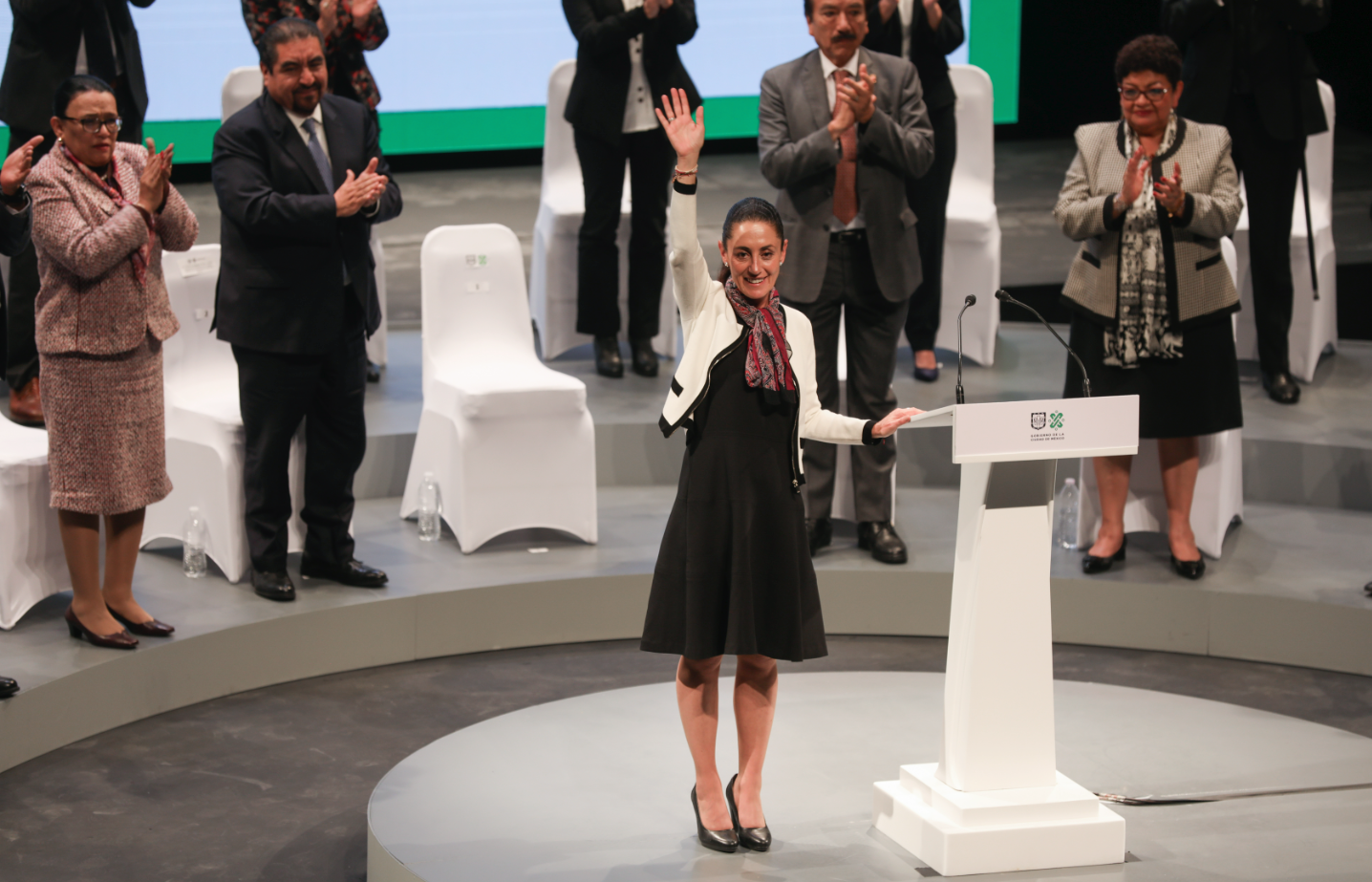Less than a month after the June 2nd presidential election, its results are still controversial in terms of their importance and significance for Mexico’s democracy. Why is this? What is the importance and what are the implications of the victory of the coalition known as Let’s Keep Making History—formed by the Labor Party (PT), the Green Party (PV) and the National Regeneration Movement (Morena)—and its candidate, Claudia Sheinbaum?
We will attempt to provide an initial response to these questions.
- The importance of the numbers
The first Sunday of June 2024 called over 60 million citizens to the polls. This is the highest turnout in a presidential election so far: 3 million more than the 2018 election and nearly 10 million more than in 2012. However, participation and abstention rates remain at around 60% and 40%, respectively, as has been the case since the 2000 presidential election. This is because, by June 2024, although the vote increased by 6% compared to 2018 in the nominal list of voters, the list of registered voters increased by 10% (9,200,000 votes).
Another relevant factor is the share of votes for the winning candidate: Sheinbaum obtained 60% of the votes, surpassing the average vote of 42% for a winner in Mexican presidential elections since 2000 by 18 points. Furthermore, she exceeded President López Obrador’s vote count by just over 5,800,000 votes and her margin of victory over the second and third place contenders was the highest in an election in the last 24 years, with 33 and 50 percentage points, respectively.
This election confirms the continuation of a unified government. Sheinbaum will have an absolute majority (251/500 deputies) and is likely to regain the qualified majority (333/500 deputies) that Morena and its allies lost in the 2021 midterm elections. The results suggest that the ruling coalition will have a total of 364 deputies, thirty more than they secured in 2018.
- The second phase of transformation
The triumph of Andrés Manuel López Obrador in July 2018 marked, in his words, the beginning of what he called the Fourth Transformation of Mexico—or 4T, as it is colloquially known—which is a regime change based on “establishing the welfare state and guaranteeing the people’s right to health, education, and social security.”
This involved the state working to reduce social inequality and ensuring that social justice remained on the government’s agenda. The political project of the 4T has openly opposed the market and neoliberalism, labeling it a limited and corrupt economic model while seeking to revalue the welfare state’s role.
The 4T’s victory in 2018 and its continuity in 2024 should be seen as a reaffirmation of the ineffectiveness of an economic model based on the market as the main regulatory axis, which has not led to improved living conditions for the population in the first two decades of this century. Since the founding of the Democratic Revolution Party (PRD), and now with Morena, the denunciation of neoliberalism has been part of the foundational myth of the Mexican left.
In pushing this project, alongside López Obrador and now Sheinbaum, under the slogan “For the good of all, the poor come first,” there has been an effort to reclaim social foundations, the welfare state’s role and social assistance through various social policies, mostly based on direct income transfers. This has been accompanied by the continuous denunciation of representative institutions that do not respond to citizens’ interests and preferences in the political arena, a characteristic typical of populist governments.
The discourse during five years of governance and the 2024 presidential campaign focused on the need to reform the Mexican political regime to, first, ensure or continue ensuring social welfare through distributive social policies, and second, crystallize the popular will.
With this background, the current government articulated a campaign that extended into the electoral arena, where it was crucial for the President not only to win the federal executive office but also to secure a qualified majority in the Chamber of Deputies (365 seats out of 500) and Senators (85 seats out of 128).
With this, the 4T will face no obstacles in implementing its reforms and policies, especially to solidify the so-called Plan C, which mainly involves reforming the judiciary in two fundamental aspects: 1) reducing the number of justices on the Supreme Court and 2) having judicial representatives elected by popular vote.
The opposition, for its part, structured a discourse aimed at defending the judicial status quo as a guarantee of impartiality. It also defended the National Electoral Institute (INE), which faced harsh attacks from the President, and generally upheld a conception of procedural democracy, whose articulation guided the processes of change and transition during the 1980s and 1990s in our country. This was in response to the constant claim by the 4T that the functioning of a representative democracy has not resulted in the improvement of the population’s living standards.
The verdict of the “good” people was to bet on the continuity of the Fourth Transformation. This continuity promises profound changes, including the dismantling of the judicial apparatus. Although it is argued that this is necessary to end injustice and corruption, the fact is that the Supreme Court of Justice was uncomfortable for the President throughout his term.
On the other hand, the 4T’s victory and its candidates is based on deep disenchantment with an economic model oriented toward the market, which failed to translate into tangible benefits for most of the population.
The losers of the reforms, those excluded over 30 years and now their descendants, had no incentive to vote for an opposition that, in the political and media imagination, is blamed for their situation. Despite the fact that levels of marginalization and poverty levels have not improved substantially and national economic growth in this term is less than 1% (0.8%), people do not want to vote for those they believe put them in a marginalized or impoverished situation.
In less than six years, voting for Morena and its allies represented choosing the lesser evil. And although the lesser evil is something we all know well in Mexico (an interventionist state that was once inefficient and poorly managed), it returns today in the form of social programs with direct income transfers, which translates into real money that has a profound electoral impact.
The strength of social programs was such that even opposition candidate Xóchitl Gálvez had to promise not to repeal them if she won. Also, many long-standing political actors, like former President Vicente Fox, began to claim credit for their creation, even though it was López Obrador who openly started this clientelist strategy between 2000 and 2006, when he was the head of government of Mexico City.
The opposition has been left stunned. The generational renewal, bland and lacking substance, passed through the Citizen Movement party and its candidate, who only secured 10% of the votes. Today, the lesser evil means having voted for the creation of authority, the accumulation of power and the consolidation of an illiberal democracy.
*Translated from the original in Spanish by Ricardo Aceves.













